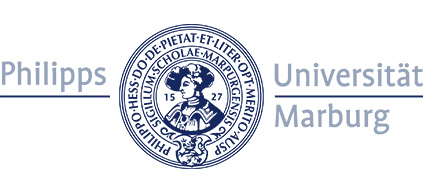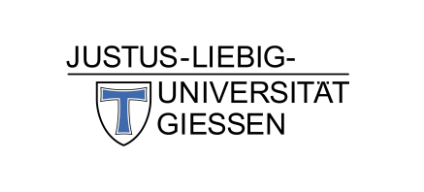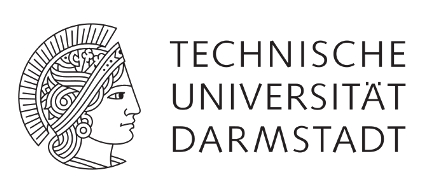Main Content Ten selected Publications
Kanwisher N, Gupta P, & Dobs K (2023).CNNs reveal the Computational Implausibility of the Expertise Hypothesis.
Dobs K, Yuan J, Martinez J, & Kanwisher N (2023). Behavioral signatures of face perception emerge in deep neural networks optimized for face recognition.
Kanwisher N, Khosla M, & Dobs K (2023).Using artificial neural networks to ask ‘why’ questions of minds and brains.
Kar K, Kanwisher N, & Dobs K (2023).Deep neural networks optimized for both face detection and face discrimination most accurately predict face-selective neurons in macaque inferior temporal cortex.
Dobs K, Martinez J, Kell A, & Kanwisher N (2022).Brain-like functional specialization merges spontaneously in deep neural networks.
Dobs K, Isik L, Pantazis D, & Kanwisher N (2019).How face perception unfolds over time.
Dobs K, Bülthoff I, & Schultz J (2018).Use and usefulness of dynamic face stimuli for face perception studies – a review of behavioral findings and methodology.
Dobs K, Schultz J, Bülthoff I, & Gardner JL (2018).Task-dependent enhancement of facial expression and identity representations in human cortex.
Dobs K, Bülthoff I, & Schultz J (2016).Identity information content depends on the type of facial movement.
Dobs K, Bülthoff I, Breidt M, Vuong Q, Curio C, & Schultz J (2014). Quantifying human sensitivity to spatio-temporal information in dynamic faces.
Mobile-Content-Navigation


